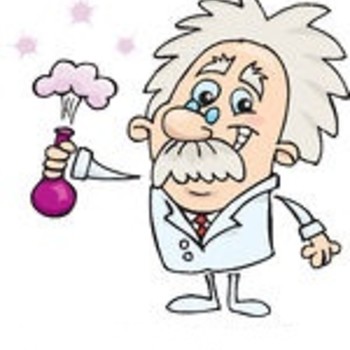What is the conjugate base of #HNO_2#?
2 Answers
Explanation:
The conjugate base of any Brønsted-Lowry acid can be found by removing a proton (
#HNO_2 (aq) + H_2O (l) rightleftharpoons NO_2^(-) (aq) + H_3O^(+) (aq)#
Here, the Brønsted-Lowry acid,
Explanation:
The term 'conjugate base' in the chemical community is typically used in association with the term 'conjugate acid' and comes from the Bronsted-Lowry theory of Acids and Bases. The textbook definition is based upon the proton transfer relationship between an acidic substance that can donate a hydrogen ion (proton) to an alkaline substance that can accept the hydrogen ion forming a stronger bond with the accepting substance. The Bronsted-Acid is strictly defined as a proton donor and the Bronsted-Base a proton acceptior. These definitions imply the need for a chemical reaction in order to show 'donator' substance and 'acceptor' substance. The application origin is found in the 'Bronsted-Lowry' theory of acids and bases.
The following can be classified as a molecular form Bronsted-Lowry Acid-Base Rxn.
HCl(aq) + NaOH(aq) => NaCl(aq) + HOH(l)
In aqueous media, the the proton from the Hydrochloric Acid molecule is transferred to the Hydroxide ion of the Sodium Hydroxide molecule producing Sodium Chloride and molecular water. The essential driving force of the reaction is the tendency for the transferring Hydrogen to form a stronger, more stable bond with the Hydroxide ion and thus a weaker acid.
The products, once formed, are now themselves acids and bases but are referred to as 'Conjugate Acid' and 'Conjugate Base'. The water ( H-OH ) which now has the transferred Hydrogen is now a proton donor, or 'Conjugate Acid' of the reactant base (
Now, it should be noted that anions of negative charge are generally, and collectively referred to in the chemical community linguistically as 'Conjugate Bases' if the species are negative and as a 'Conjugate Acids' if the species are positive. The association is referred to as a 'Conjugate Acid-Base Pair'.
Some Examples:
The 'Conjugate Acid-Base Pair' for ...
The difference between a Conjugate Base and Acid of the conjugate base is the presence of 1 Hydrogen. That is, to any anion, adding 1 Hydrogen, gives the acid of that conjugate base.
Generally:


